
Hammerhead Performance Ford hemi-style heads
By Sam Logan
Hemispherical-style combustion chambers have earned a formidable reputation for power generation. The original Hemi head broke fresh ground in several areas, including skillfully uniting superior airflow with larger valves. Of course bigger lungs mean more power, but let’s dig into the details and see the innovative way it has been executed on a small-block Ford V8.
Generally, hemispherical head valves are placed across the head compared to wedge-head valves, which are placed more longitudinally along the head. As a result, the hemi-style airflow route is easier, it has fewer bends, and the transfer of incoming and outgoing gases is more efficient. Also, a hemi configuration usually employs larger valves and because they are naturally inclined in their hemisphere, open toward the center of the cylinder. Their operation, therefore, generates freer airflow — not shrouded — resulting in easier cylinder filling.
Now, a new company, Hammerhead Performance Engines, headed by Greg Brown, is producing unique hemishperical heads for the small-block Ford. With an emphasis on completeness, the innovative head kits include cast aluminum hemispherical-style valve covers, Jesel 1.7:1 ratio rockers complete with rocker stand system, and all the necessary valve and spring assemblies as well as gaskets.
These aluminum heads can be directly installed on all small-block Fords: 289, 302, 351W and, with some modifications, even 351C engine blocks. Besides the hemi-style heads themselves, the benefits of this new setup are many: For instance, a deck thickness of 0.7 inch to encourage safe use of power-adders, and full water jackets for proper cooling. Also, it has accessory bolt holes for the provision of factory components and the use of ARP 254-4311 head studs. Lastly, the price is comparatively attractive as well: $5,995 for the complete kit.
When the inaugural dynamometer test of the new heads, which were attached to a 427 ci World Products block, took place in January 2017, the results were astounding: 604 hp and 601 ft-lbs torque.
Astounding, because the initial setup was meant to deliver 10.5:1 compression ratio. However, final valve changes were made, which entailed moving the intake valve seats to slightly higher territory in the combustion chamber. As a result, the original 62 cc chambers had now gained 6 or 7 cubic centimeters of volume and valuable compression properties were reduced to a meager 9.8:1.
Furthermore, an out-of-the-box Edelbrock Victor Jr. intake manifold had been employed, its ports much too small when attached to the new hemispherical heads. Why?
“I wanted to ascertain the power output of unported heads when combined with an untouched intake,” explains Brown. A third factor that influenced the dyno sheets was the humble camshaft with duration values of 242 intake/248 exhaust.
“Getting it to 500 hp is easy,” declares Brown. “But generating over 600 hp with low compression, unported heads, untouched intake and a modest camshaft is a triumph — I’m very pleased with its maiden performance.” So, what’s next?
“Currently, I’m busy fulfilling cylinder head orders, which include the supply of rockers, rocker stands, gaskets, etc., but have graduated to offering pistons, rings, distributor extension and cylinder head stud or bolt kits,” he adds. “The first competition version — which I’m working on — will feature different compression ratio, induction system and camshaft.”
Importantly, for this new hemi-style concept to realize its full potential, it’s crucial to install it in a race car as soon as possible. This will broaden its appeal and prove its merits. Racing lives on the edge of the competition precipice and an impressive quarter-mile time slip reveals all. And we can imagine that small-block Cobra enthusiasts in particular would appreciate a new approach to adding plenty more power to their Blue Oval engines.

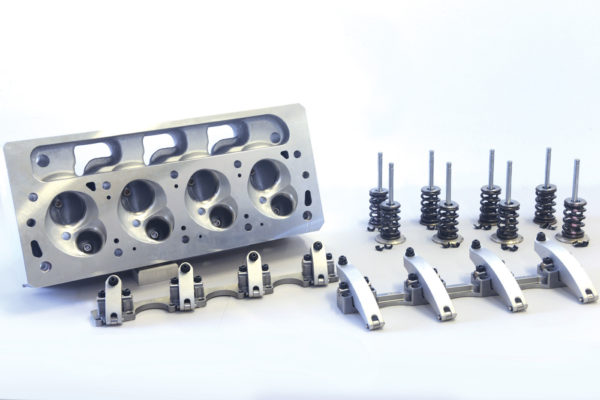
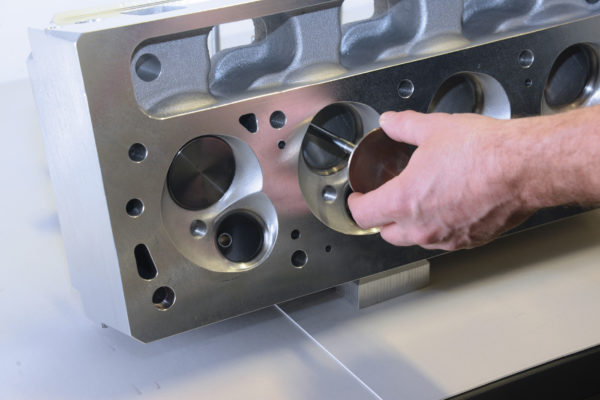
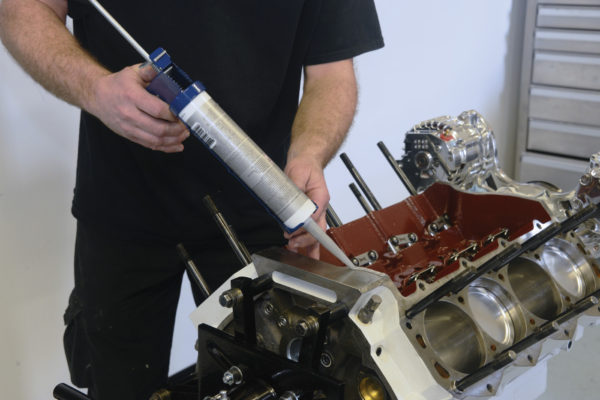
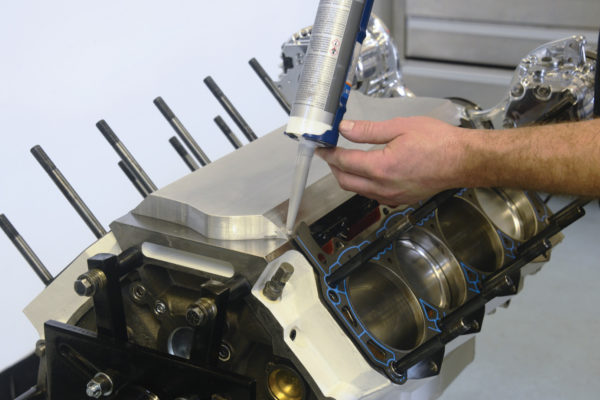
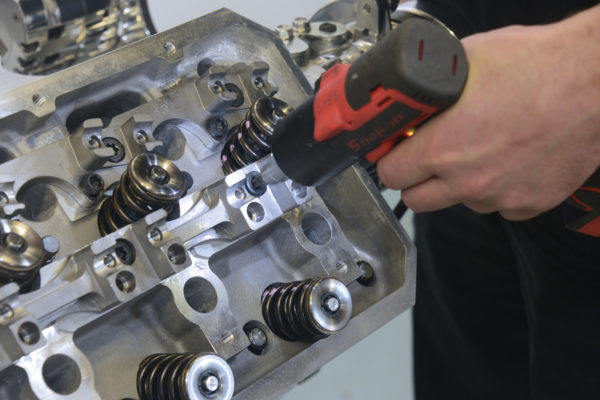
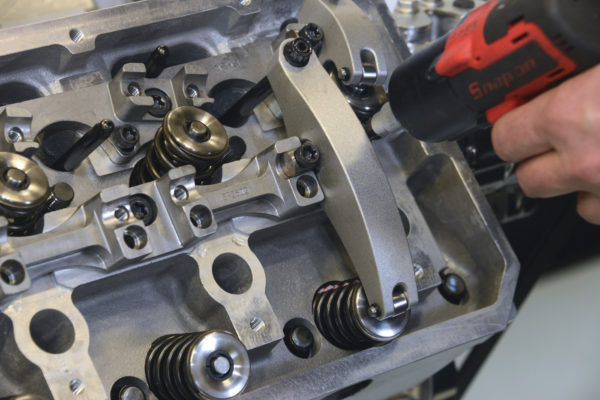
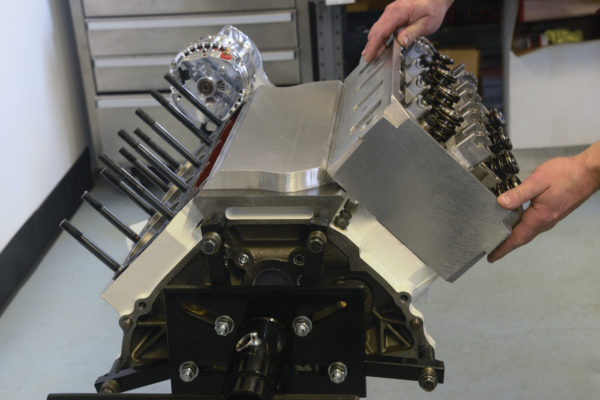
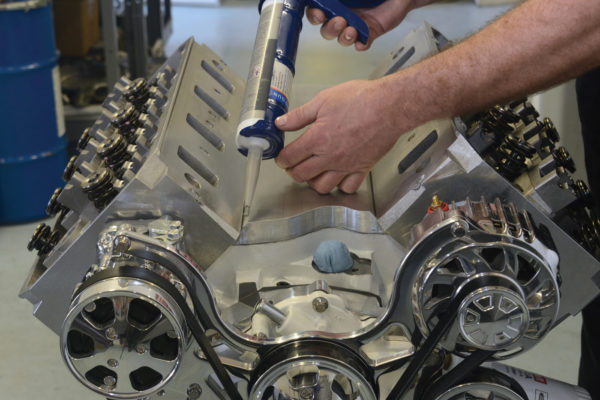
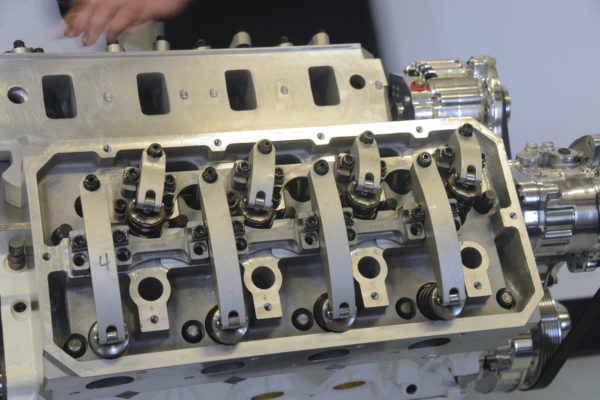
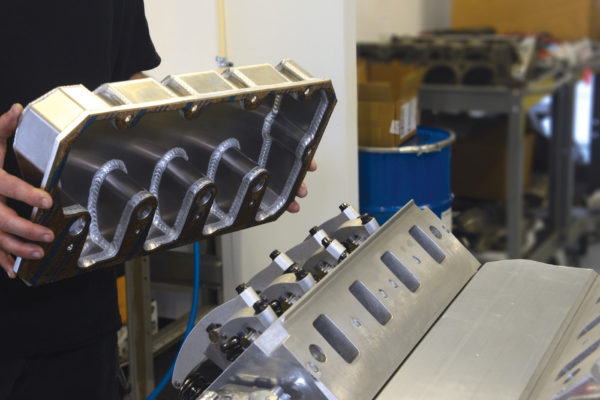
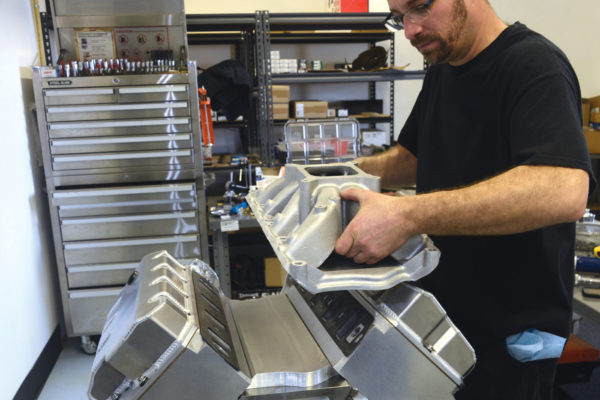
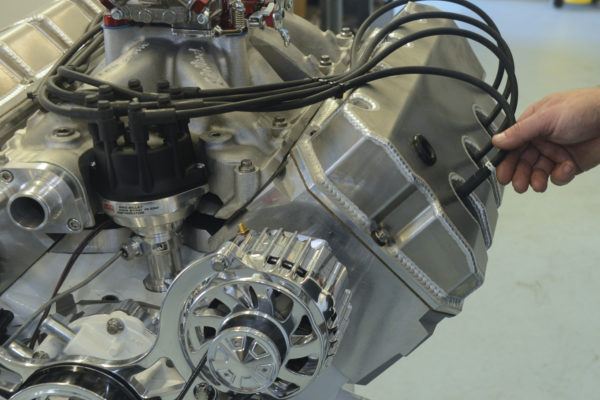
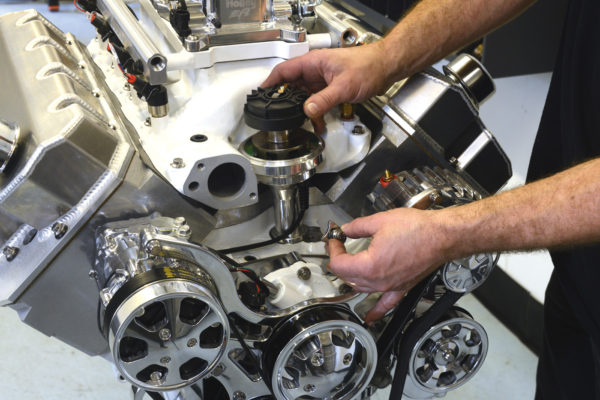
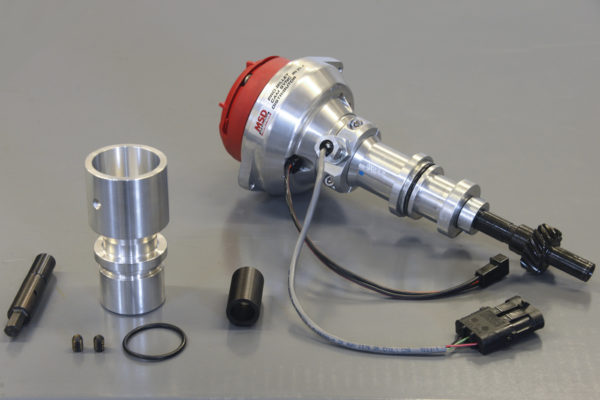
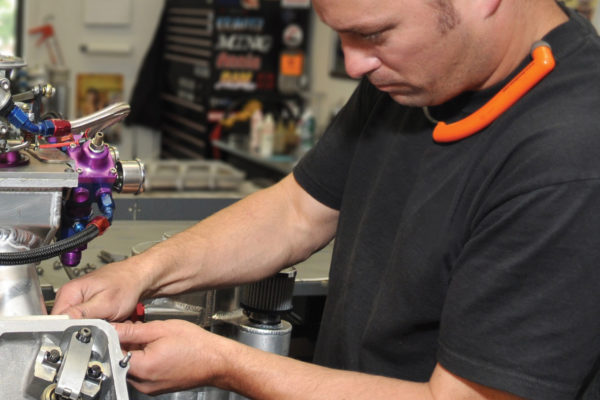
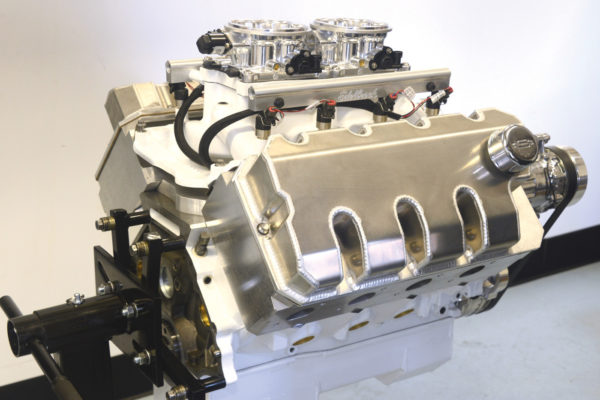
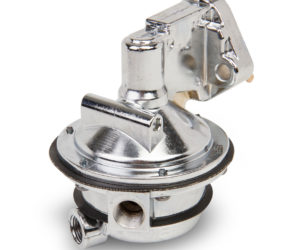
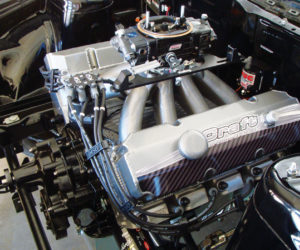
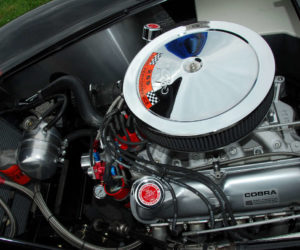
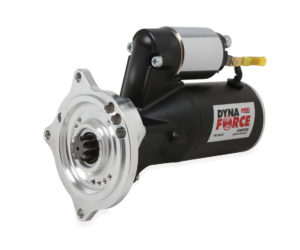
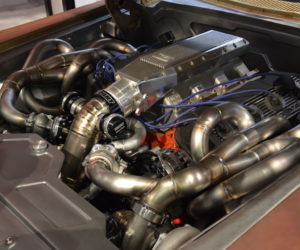
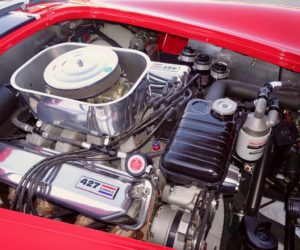




Comments for: Muscle Mashup
comments powered by Disqus